Cisco claims new smart switches provide next-level perimeter defense
Cisco says its new smart switches and firewalling solutions will help protect against increasingly sophisticated attacks


Cisco’s ‘security everywhere’ mantra has just taken on new meaning with the launch of a series of smart network switches it says will redefine the way firewalls, the old stalwart of cybersecurity, work entirely.
Unveiled at Cisco Live in Amsterdam, Cisco said its N9300 Smart Switches will introduce new capabilities to help businesses defuse some of the lateral movement techniques used by the most sophisticated groups operating in today’s threat landscape.
The N9300 switches are equipped with data processing units (DPUs), that allow the for the deployment of advanced services such as Cisco Hypershield directly into the switching fabric.
Hypershield is a firewalling capability launched by Cisco in 2024 that enables the micro-segmentation of a network, but it required hardware with built-in DPUs, which did not exist at the time.
But now Cisco's souped-up N9300s don’t just switch traffic, they run services like Hypershield with high performance at high throughput rates.
The firm said that as customers upgrade their hardware the combination of its new switches and Hypershield will unlock unprecedented levels of protection at the data center and beyond.
Redefining the firewall
Speaking during a panel session on AI-ready data centers, Tom Gillis SVP and GM of the security, data center, internet, and cloud infrastructure group at Cisco, said the N9330 switches mean the firm is in a position to ‘redefine’ the way firewalls function in modern ICT infrastructure.
Get the ITPro daily newsletter
Sign up today and you will receive a free copy of our Future Focus 2025 report - the leading guidance on AI, cybersecurity and other IT challenges as per 700+ senior executives
“A firewall used to live in a box at the edge of the network. So with Cisco Hypershield we’ve taken that concept and broken it into a million little pieces. So instead of a box you try to shield at the edge, you have the ability to put a micro perimeter at each one of those services that make up an application.”
Gillis explained that Cisco is leveraging its in-house switching ASIC, Silicon One, to enable the performance required to deliver advanced inspection at every connection across distributed applications with minimal orchestration.
“The net of this is that it lets folks like you put firewalls in places you couldn’t even imagine. You don’t have to cable up an appliance, you don’t have to write a bunch of rules, and here’s the best plus: it’s dynamic and upgrading itself.”
Cisco’s unified firewall management system, Secure Firewall, enables automated deployment of firewalls to the cloud that can be managed centrally, scaled up automatically, and are ‘self-healing’.
‘Self-healing’ refers to the fact that if the firewall detects any type of failure, Cisco Security Cloud will take that image down, redeploy a new image, and sync it back with the cluster.
Automating the deployment, scaling, and upkeep of these appliances will be increasingly important if firms are to rigorously segment their increasingly distributed and fine-grained application ecosystems, which are often made up of thousands of microservices running across multi-cloud services.
Neutralizing the Typhoon
Cisco emphasised that this is a significant step forward for the securing applications, and network security more broadly.
In recent years, state-sponsored threat actors have been found targeting complex vulnerabilities in network infrastructure and using that to establish persistence on sensitive enterprise and government networks.
The various groups tracked under the Typhoon moniker in Microsoft’s threat actor taxonomy - and thought to be based in China - have been responsible for a number of highly sophisticated attacks on critical national infrastructure and government institutions in the US.
In December, a senior White House security official confirmed that the Salt Typhoon group was able to record conversations of senior political operators in the US after hacking several major telecom providers in the region.
RELATED WHITEPAPER

Last month, the Treasury imposed sanctions on several Chinese firms accused of having some role in recent cyber intrusions attributed to the Flax Typhoon group.
Speaking to ITPro, Martin Lee, technical lead of security research at Talos, Cisco’s threat intelligence arm, described this type of activity, noting that threat actors have been observed using complex techniques to compromise network devices and using these as ingress points on the network.
“If you can find your way in through the network infrastructure, you can then get inside of your environment and use that target device as a platform to launch attacks against the target systems,” he explained.
“This kind of threat actor and this kind of activity underlines why getting the network architecture and segmentation right is so important. If they’ve managed to compromise one environment, you’re forcing them to do work to compromise the other one and it’s that work that is the noise that you can detect.”
MORE FROM ITPRO
- Cisco is jailbreaking AI models so you don't have to worry about security
- Networking is still king as Cisco polishes its network capabilities
- Cisco's 'savvy' CoreWeave deal will supercharge its AI ambitions

Solomon Klappholz is a former staff writer for ITPro and ChannelPro. He has experience writing about the technologies that facilitate industrial manufacturing, which led to him developing a particular interest in cybersecurity, IT regulation, industrial infrastructure applications, and machine learning.
-
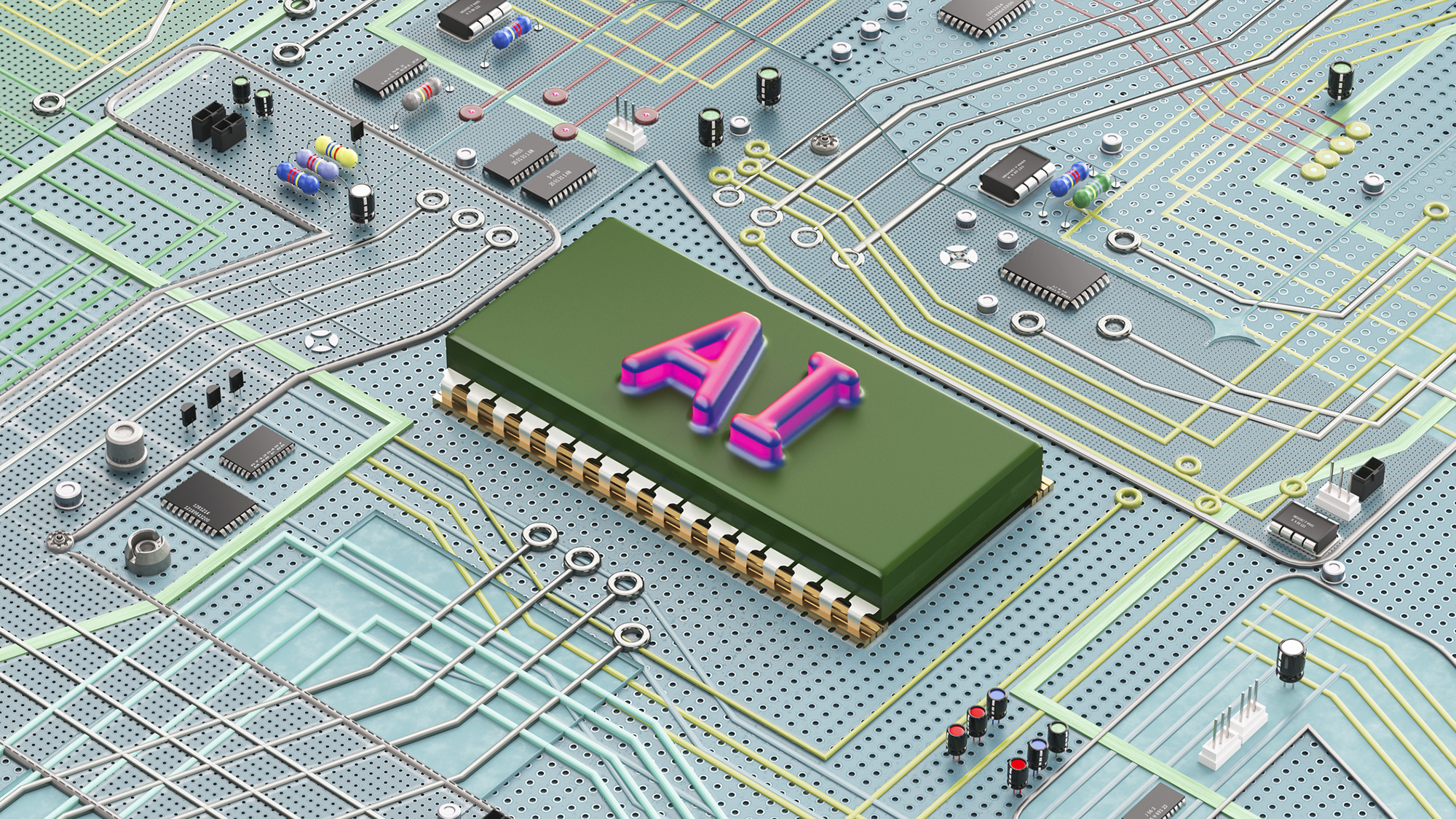 Should AI PCs be part of your next hardware refresh?
Should AI PCs be part of your next hardware refresh?AI PCs are fast becoming a business staple and a surefire way to future-proof your business
By Bobby Hellard Published
-
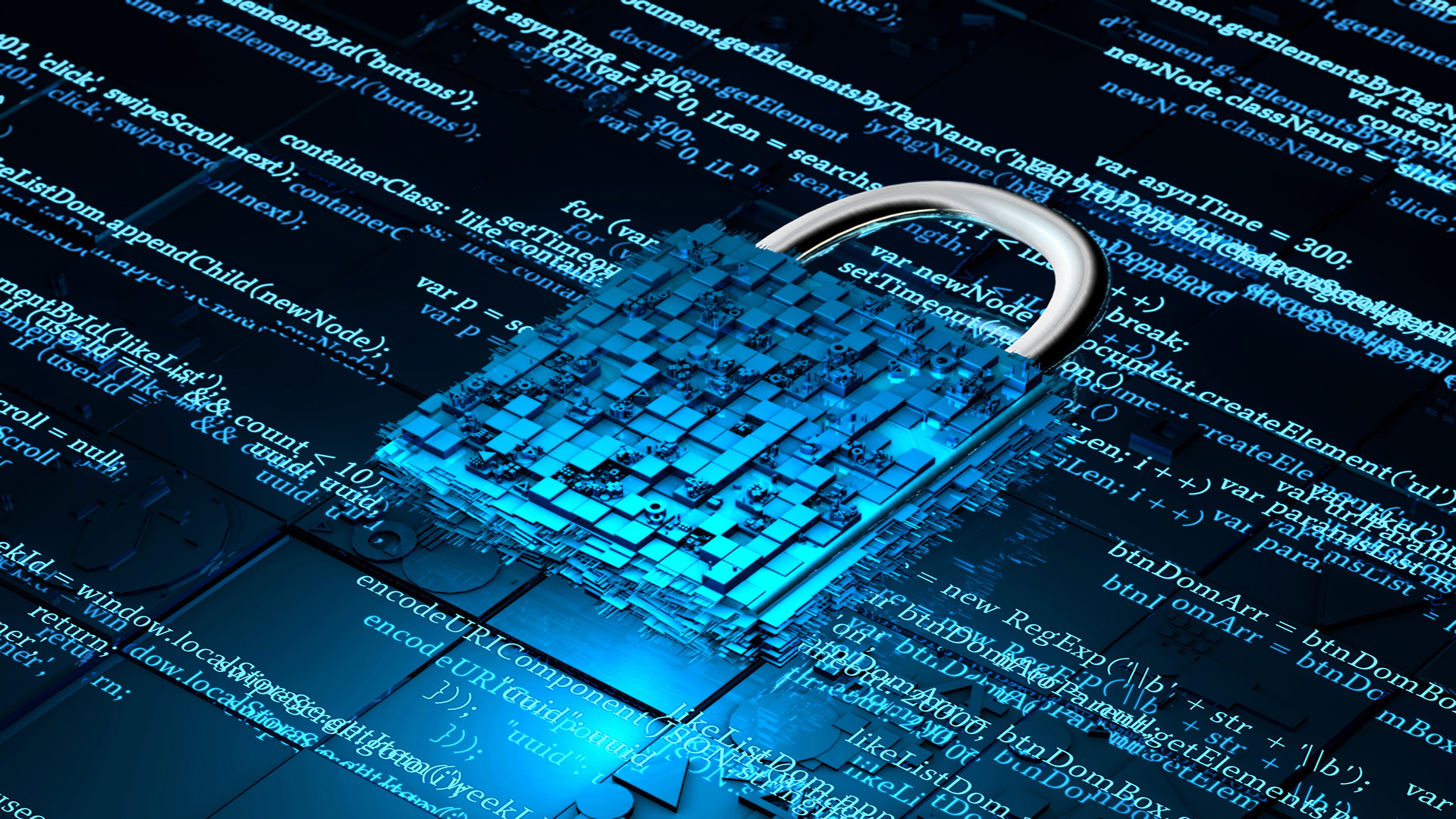 Westcon-Comstor and Vectra AI launch brace of new channel initiatives
Westcon-Comstor and Vectra AI launch brace of new channel initiativesNews Westcon-Comstor and Vectra AI have announced the launch of two new channel growth initiatives focused on the managed security service provider (MSSP) space and AWS Marketplace.
By Daniel Todd Published
-
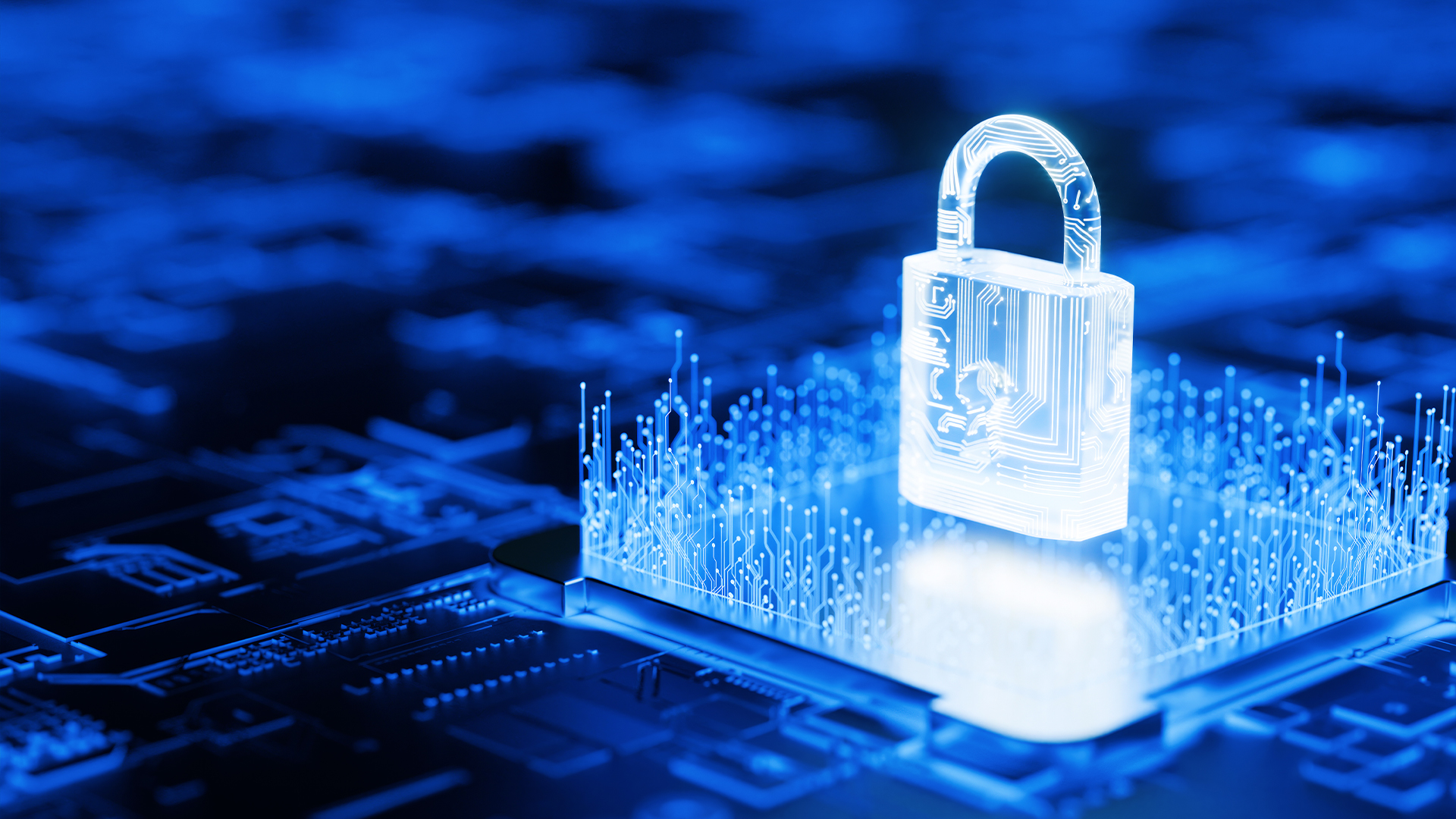 Billions of IoT devices will need to be secured in the next four years – zero trust could be the key to success
Billions of IoT devices will need to be secured in the next four years – zero trust could be the key to successNews Researchers have warned more than 28 billion IoT devices will need to be secured by 2028 as attacks on connected devices surge.
By Emma Woollacott Published
-
 Cisco is jailbreaking AI models so you don’t have to worry about it
Cisco is jailbreaking AI models so you don’t have to worry about itNews Cisco's new AI Defense security solution helps organizations shore up LLM security by identifying potential flaws.
By Solomon Klappholz Published
-
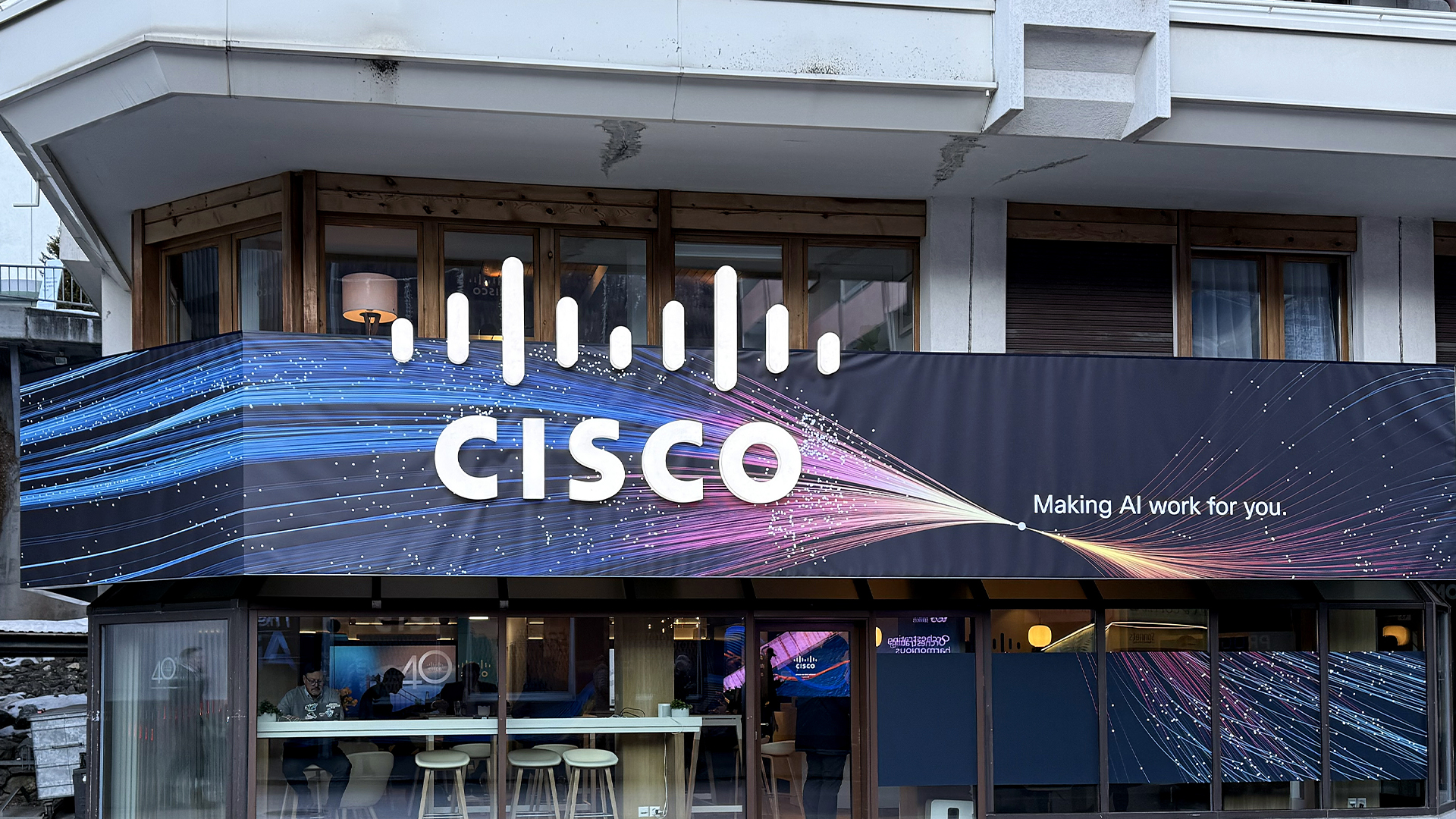 Cisco dispels Kraken data breach claims, insists stolen data came from old attack
Cisco dispels Kraken data breach claims, insists stolen data came from old attackNews Cisco has refuted claims it has suffered a data breach after the Kraken threat group posted stolen data online.
By Solomon Klappholz Published
-
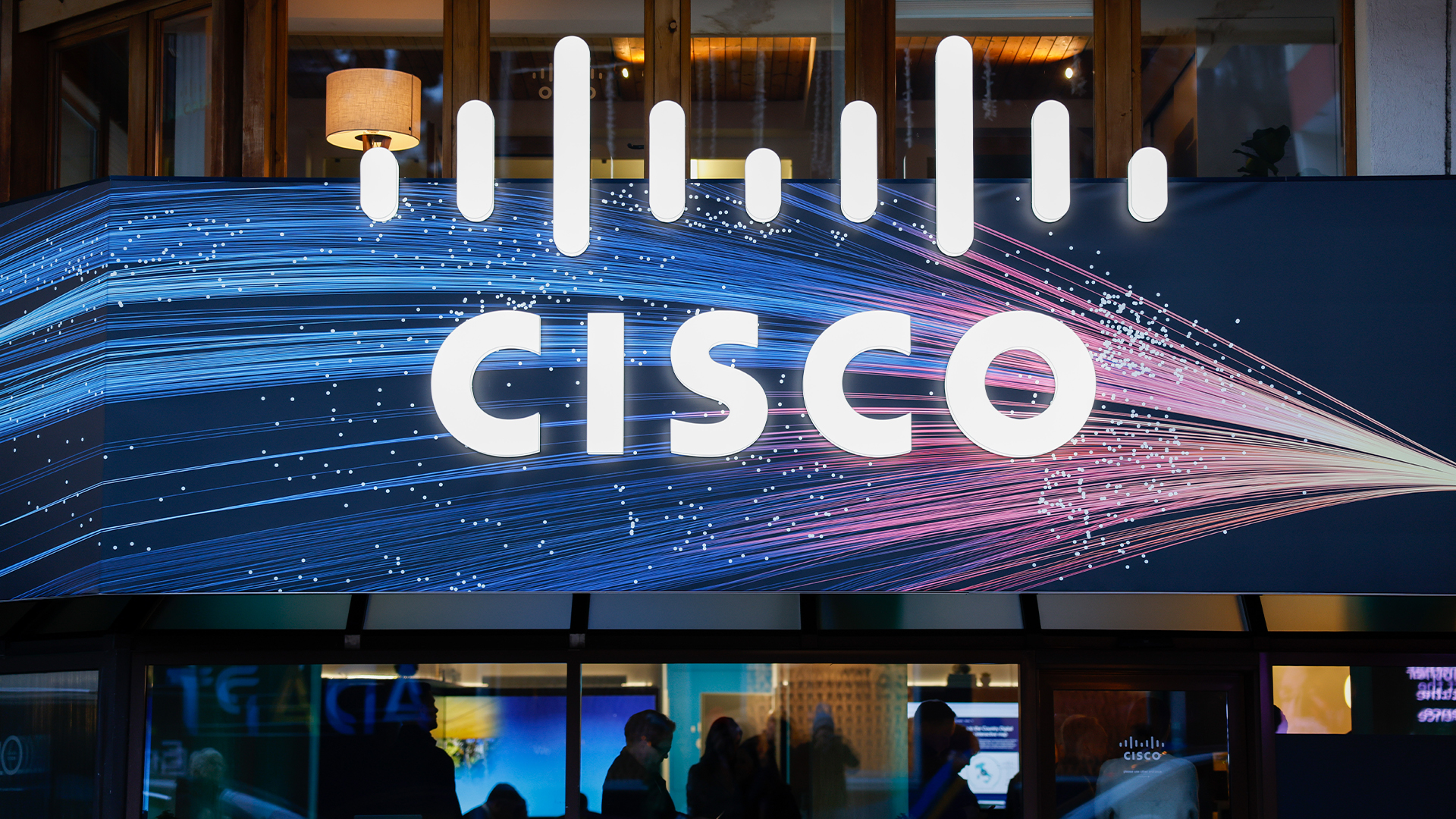 Cisco patches critical flaws in Identity Services Engine
Cisco patches critical flaws in Identity Services EngineNews Cisco has issued patches for a pair of critical vulnerabilities affecting its Identity Service Engine (ISE).
By Nicole Kobie Published
-
 Five Eyes cyber agencies issue guidance on edge device vulnerabilities
Five Eyes cyber agencies issue guidance on edge device vulnerabilitiesNews Cybersecurity agencies including the NCSC and CISA have issued fresh guidance on edge device security.
By Emma Woollacott Published
-
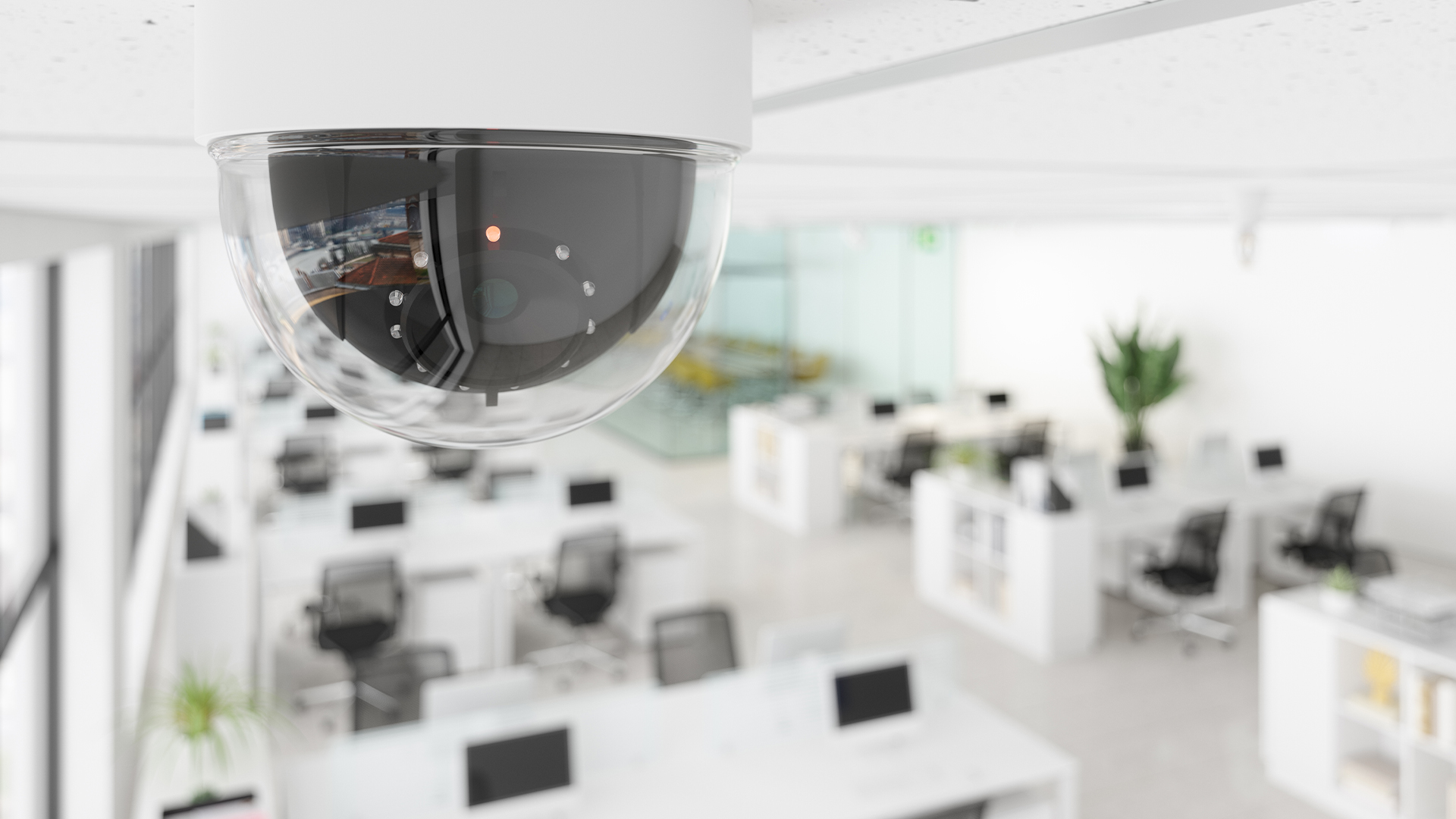 Your office is now absolutely riddled with surveillance equipment
Your office is now absolutely riddled with surveillance equipmentNews While workplace monitoring is shown to have a detrimental effect on morale, many firms are still charging ahead
By Nicole Kobie Published
-
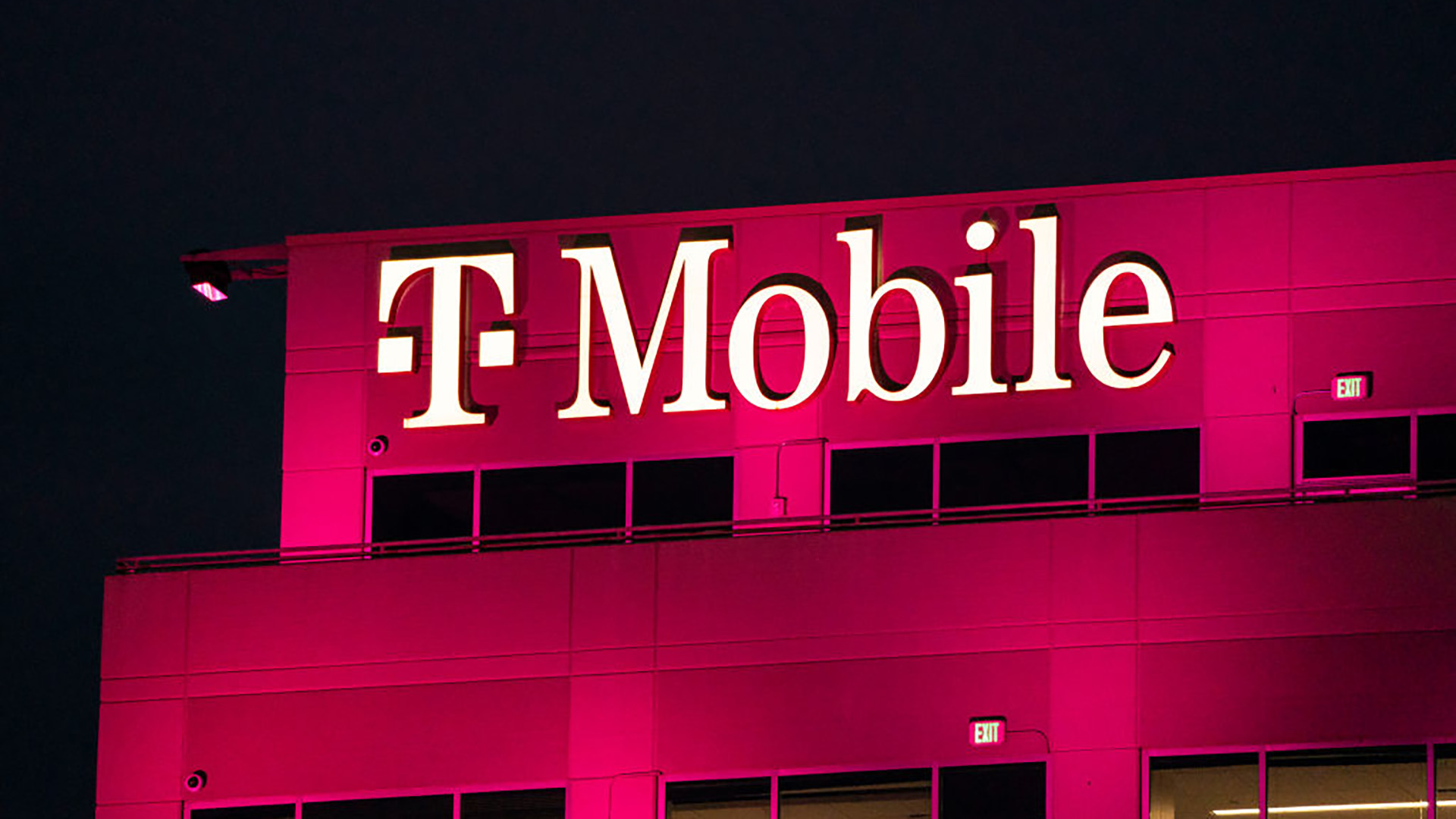 T-Mobile security chief insists its defenses stood up to attacks linked to Salt Typhoon
T-Mobile security chief insists its defenses stood up to attacks linked to Salt TyphoonNews No T-Mobile customers or services were affected after its security teams detected suspicious activity on their routers
By Solomon Klappholz Published
-
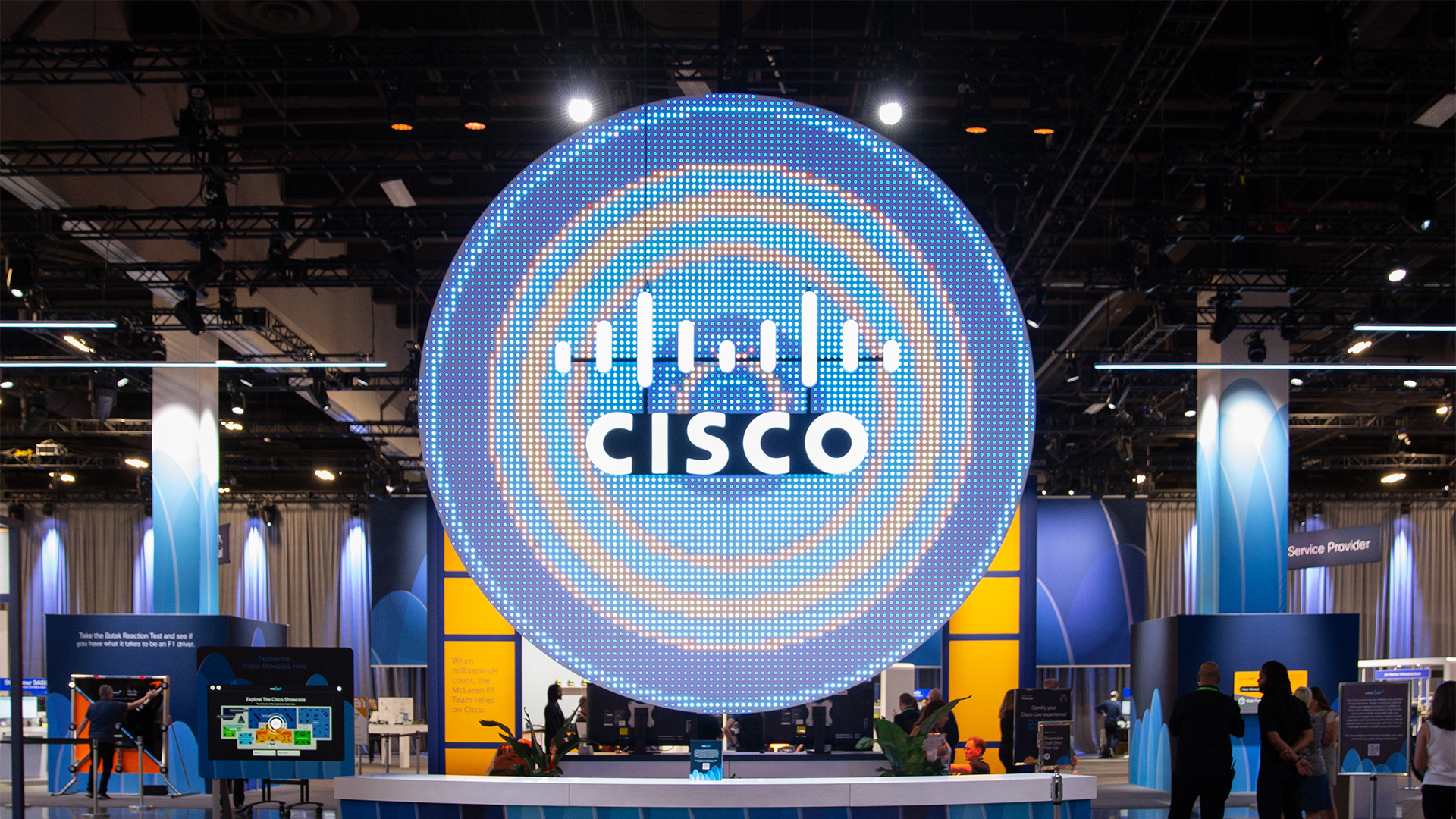 Cisco confirms attackers stole data, shuts down access to compromised DevHub environment
Cisco confirms attackers stole data, shuts down access to compromised DevHub environmentNews The tech giant insists that no sensitive customer information has been compromised
By Solomon Klappholz Published